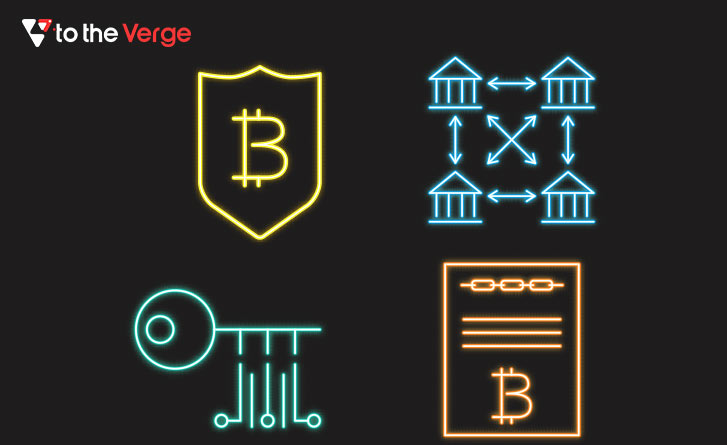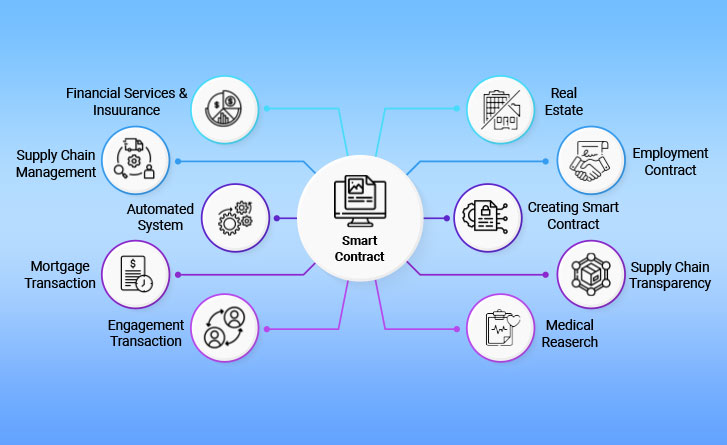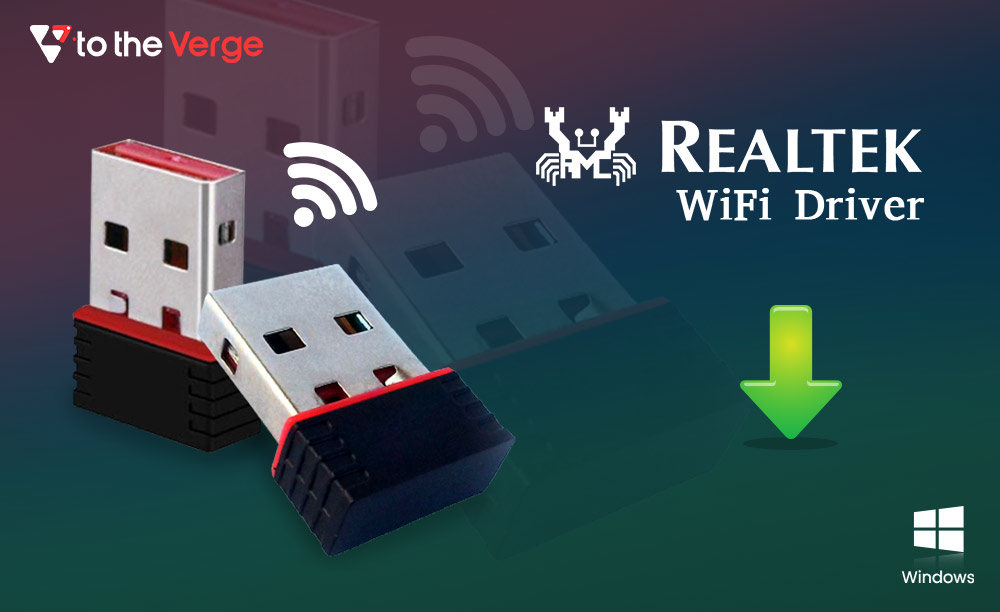Whenever we read an informative article concerning blockchain technology, cryptocurrency or Web3, specific terms like smart contracts and blockchain consensus mechanisms are majorly present in most of them.
These advancing technologies already seem unfathomable to most people; apart from trying to comprehend how they function, having a hold on the general understanding of the components such as smart contracts and consensus mechanisms that assist in the execution of the technology becomes vital.
In this article, we’ve covered for you the meaning of blockchain smart contracts, some consensus mechanism examples, how smart contracts without blockchain could function and other related information. Read till the end to learn more!
What Is A Smart Contract?
There are two ways to explain smart contracts. One would be technical, and the other a relatively simple explanation. Technically, smart contracts are simple programs on the blockchain that run when predefined rules or predetermined conditions are fulfilled.
In simple terms, blockchain smart contracts are self-executing contracts with terms and conditions agreement embedded in the lines of code, thus programmed. Since these are executed through blockchain technology, the contract code is replicated on every node of the blockchain network.
Smart contracts enable automated enactment of an agreement, as a result of which the requirement of intermediaries is eliminated. Furthermore, participating nodes can immediately review the outcome whenever the contract program is run, saving time and cost.
Who Invented Smart Contracts?
Nick Szabo first put forward the concept of smart contracts in the 1990s. The American computer scientist coined the term referring to “a set of promises, specified in digital form, including protocols within which the parties perform on these promises.”
As a matter of fact, Szabo is famous for his work with digital currencies and smart contracts and even came up with the concept of BitGold, the precursor to Bitcoin, back in 1998.
How Do Smart Contracts Work?
Smart contracts work by following straightforward coding statements on the blockchain. And then, the network of computers on the blockchain executes the action when codified predetermined conditions in the blockchain smart contracts are met and verified.
The actions carried out after the contract verification could include various activities such as transferring funds to appropriate parties, registering a vehicle, sending notifications or releasing/issuing a ticket.
Finally, after the completion of the transaction, the blockchain is updated, making the transaction irreversible, and only the participants who’ve been granted permission can see the results.
In simple terms, the complete process of how smart contracts function can be explained in three points enumerated below:
- The contractual parties determine the term of the contract. When the contractual terms are finalized, they are converted into programming code. The code structures different conditional statements, describing the potential situation of a future transaction.
- Next, the codified contractual statements are stored on the blockchain network and replicated amongst the participants.
- Lastly, the code is run and implemented by all the computers part of the network. Then, if the contract conditions are satisfied and all blockchain network participants verify it, the relevant transaction is executed.

What Role Do Smart Contracts Play In Blockchain?
In the blockchain, smart contracts play the role of simplifying business and trade between both anonymous and identified parties without the need for intermediaries. In addition, a smart contract on blockchain scales down on formality and costs associated with traditional methods without compromising authenticity and credibility.
What Are The Advantages and Disadvantages Of Smart Contracts?
Following are some of the benefits or advantages of smart contracts:
- Time and Cost Saving. Since the execution of smart contracts does not require intervention by the intermediaries at any level, the chances of associated delays and fees are also eliminated, saving a lot of time and cost.
- Secure, Trustworthy and Transparent. Every transaction or record on the blockchain network is encrypted, making it hard to hack and ensuring security. In addition, all the encrypted records of transactions are shared across the network with the participants, which adds the element of trustworthiness and transparency to smart contracts.
- Quick, Efficient, and Accurate. The automotive nature of smart contracts eliminates the requirement of paperwork processes and the chances of manual errors, thus making the work more quick, efficient and accurate.

Challenges or disadvantages of smart contracts:
- Bugs and Errors In the Code. The biggest disadvantage of smart contracts may arise from errors and bugs in the code that could lead to significant losses. For instance, a blockchain company – MonoX Finance, lost $31 million because of a bug in the software used to draft the smart contracts.
- Irreversible Contracts. Since the terms of the agreement are written in code for a smart contract, the process of changing the terms and conditions is nearly impossible. Any error in the code can take too much time and money to be corrected.
- Unreliable Inputs. Though the system offers transparency, businesses desire to maintain confidentiality, which might result in unreliable inputs that could result in false or non-executable contracts. Unfortunately, in the case of smart contracts, one cannot proceed to judicial court redressal since the validity of these is still being debated.
How To Create A Smart Contract on Blockchain?
Creating a smart contract on the blockchain would require a practical knowledge of one of the essential programming languages compatible with the smart contract’s platform. In addition, the procedure could also differ depending on the blockchain network that the smart contract is being developed for.
For instance, for fabricating a smart contract operational on the Ethereum blockchain, it must be written using Solidity smart contract programming language.
What Are The Use Cases Of Smart Contracts?
Smart contracts can be used in several applications across various industries. In addition, the automotive and intermediary-free nature of the concept makes for a more flexible application of blockchain smart contracts, increasing its overall usability.
The areas that can apply and experiment with smart contracts are enumerated below:
1. Smart Contracts in Finance.
The blockchain technology-enabled smart contracts bring forth a formidable alternative to traditional financial services in the form of decentralized finance or DeFi.
The trustless, immutable and transparent characteristics of smart contracts on the blockchain make them apt to build and provide DeFi services through decentralized applications or dApps.
These services can include lending, borrowing, trading, saving, and a host of other financial services.
2. Optimizing International Trade.
Tech companies and organizations are building platforms based on blockchain smart contracts that could help establish an ecosystem of trust and transparency for global trade.
Potential frictions and risks in international trade can be accounted for with standardized rules and simplified trading options enabled through smart contracts, easing the trading process and augmenting trade opportunities for banks and companies participating globally.
3. Smart Contracts to Build Better Corporate Structure.
With the help of smart contracts, more democratic corporate governance structures such as the decentralized autonomous organization or DAOs can be built by businesses and companies adopting blockchain technology.
DAOs can enable more sophisticated and automated encoded incentive structures within the corporate framework using blockchain smart contracts. They can also save on administrative costs such as office space, hiring and payroll through the encoded incentive structures.
4. Increasing Trust In Business Relations.
Using blockchain-enabled smart contracts can help effectively resolve disputes among business vendors, suppliers, or retailers. Blockchain technology with smart contracts helps build stronger business relations among suppliers and retailers through enhanced visibility into the supply chain and real-time communication, saving time and money for critical work and innovation.
5. Smart Contracts in the Legal Industry.
The potential of smart contracts to be used and accepted as legally binding contracts is one of the most promising real-world use cases for the future of smart contracts.
Smart contracts could potentially lower the costs incurred from using lawyers and other intermediaries, speeding up the process of legal agreements.
Some of the states in the U.S. have allowed the use of smart contracts and blockchain in the legal industry for specific contexts. For instance, marriage licenses are permitted to be issued via blockchain technology in California; and in Arizona, enforceable legal agreements have been allowed to use smart contracts.
6. Protecting the Effectiveness of Supply of Essential Commodities.
Adopting blockchain technology and switching to smart contracts would tremendously increase supply chain transparency that would effectively resolve the issues regarding transport and whereabouts of essential commodities.
For instance, Pharma Portal is a blockchain-based platform that tracks temperature-controlled pharmaceuticals through the supply chain. It provides trusted, reliable and accurate data across multiple parties using IBM Blockchain Transparent Supply.
7. Smart Contracts In Gaming Industry.
With the help of smart contracts dependent on blockchain technology leading to metaverse gaming, game developers would be able to regulate their gaming economies by predefining specific conditions that would operate automatically to moderate or control the trading. Regulation of in-game economies can help prevent market saturation and ensure the trade is conducted fairly.

What Is The Future Of Smart Contracts?
Smart contracts are seen as potential instruments to transform how traditional financial and trade systems that have been functioning. The future of smart contracts looks promising in voting, healthcare, supply chain, and financial services.
Several companies like IBM, Coinbase, Gemini, SpringLabs, Republic and many others are working with blockchain technology and supporting the future of smart contracts.
What Is Consensus Meachism In Blockchain?
In simple terms, a consensus mechanism in the blockchain is a process or a set of rules and protocols that all the nodes on the particular blockchain network must abide by to run and record the transactions successfully.
Consensus mechanisms are crucial to the proper functioning of a blockchain network.
As numerous users share the network to perform transactions, validate the block and permit it to be added to the blockchain. Therefore, standardized and clear protocols must be put in place to ensure the transactions occur properly and maintain the safety and security of the network.
These protocols may differ depending on the service provided by the blockchain-based platforms. For instance, if a platform wants to offer faster financial transactions, it may choose a less scalable but higher throughput model.
Choosing a good consensus mechanism has a significant impact on the protection, efficiency, and scalability of the blockchain network.

What Are The Major Types Of Consensus Mechanisms In Blockchain?
While there are several types of consensus mechanisms in blockchain, some specific ones are the most popular and have been used by the majority of the blockchain networks.
Proof of Asset, Proof of Storage, Proof of Intelligence, Proof of Retrievability, Proof of Authority, Byzantine Fault Tolerance, and Federated Byzantine Agreement are a few names from a range of consensus mechanisms in the blockchain.
However, the ones enumerated below are the most widely used and the best consensus mechanism examples.
1. Proof Of Work or PoW
Bitcoin first adopted the proof of work consensus mechanism. After that, it was approved and adopted by other cryptocurrencies such as Ethereum and Litecoin.
Proof of work consensus algorithm is based on solving a complex and difficult math puzzle; when the puzzle is cracked, the respective node broadcasts the outcome over the network for verification.
The algorithm then rewards the miners who have solved the puzzle once it’s verified and the block is added to the network.
In addition, PoW is also a desired consensus protocol since it provides the necessary protection to secure the network against cyber-attacks from hackers.
2. Proof Of Stake or PoS
The proof of stake consensus mechanism is based on the stake of validators. The validators for the network are chosen based on a combination of different factors, including staking age and wealth of the node.
Any blockchain network user who wants to form the block with all other network members would have to stake a certain amount of crypto coins into the network, which is done by a special transaction with the blockchain network’s base cryptocurrency.
Depending on the size of the stake, the chances of a participant becoming a validator and forging the next block are determined. Higher the stake, the higher the bets of block-generating opportunity.
The PoS algorithm was introduced in 2011 to solve the underlying problems with the proof of work consensus mechanism.
3. Delegated Proof Of Stake or DPoS
The DPoS or delegated proof of stake consensus mechanism was developed in 2014 by Dan Larimer. It is considered more methodical than its predecessor, the PoS algorithm. The algorithm of DPoS can process more transactions per second compared to PoW and PoS.
In addition, the delegated proof of stake protocol is based on a voting system where stakeholders cast votes to a third party and outsource the work. The voting power depends on the ownership of coins a user has and can vary from project to project.
The ones who receive the votes are delegates responsible for generating and validating new blocks for the blockchain. They present an individual proposal when asking for votes and share the rewards they receive with their respective electors.
4. Hybrid PoW + PoS
The hybrid consensus algorithm was developed to cover the limitations of the proof of stake and proof of work consensus mechanisms and enhance the advantages of both algorithms.
The protocol enables creating a balance between the miners and the stakeholders. Under this mechanism, the PoW miners create new blocks that would be added to the blockchain after verification. On the other hand, PoS miners vote on whether to verify the blocks created by PoW miners or not.
When the whole process is done and the block is added to the chain, PoW miners receive 60% of the reward, PoS miners receive 30%, and the remaining 10% is dedicated to the developmental efforts.
Other FAQs – Smart Contracts
Q1. Are Smart Contracts Legal?
A new law clarifies that the terms of electronic records, electronic signatures, and smart contracts secured through blockchain technology are considered electronic and legally recognized. A smart legal contract can be used to run an application, or it can be used to facilitate a binding legal agreement—a legal contract.
Q2. What Are Some Real-World Examples Of Smart Contracts?
Examples of blockchain smart contract applications include financial purposes like trading, investing, lending, and borrowing. In addition, people or organizations can use them for gaming, healthcare, and real estate, and they can even be used to configure entire corporate structures.
Q3. Who Can Write A Smart Contract?
Anyone can write a smart contract and deploy it to the network. However, one will require knowledge of specific programming languages and know how to code. In addition, they must have enough cryptocurrency to deploy the smart contracts on the blockchain. Deploying a smart is a transaction, so a gas fee must be paid, which is relatively higher than general crypto transactions.
Q4. What Programming Languages Are Used For Writing Smart Contracts?
The top five smart contract programming languages that one can learn to start coding smart contracts for blockchain include Solidity, Rust, JavaScript, Vyper, and Yul.
Q5. Which Is The Fastest Consensus Mechanism?
Delegated Proof of Stake or DPoS is one of the fastest blockchain consensus mechanisms. It is considered relatively more democratic than other consensus mechanisms as it enables a more diverse group of people to participate in the block verification process based on the earned position of the participant as a lawful staker rather than their overall wealth. In addition, since the number of validators is limited, DPoS allows the network to reach consensus more quickly.
Q6. Which Consensus Mechanism Is The Best?
Proof of Work is the most popular and one of the best blockchain consensus mechanisms and is widely used because of its simplicity and greater resistance to many cyberattacks. Some of the widest and most well-known blockchain networks, such as Bitcoin, Ethereum, and Monero, have also deployed the proof of work consensus mechanism.
Q7. Ethereum proposes which Consensus Mechanism?
Initially, Ethereum used the PoW or proof-of-work consensus mechanism. However, it will be shifting to the proof-of-stake or PoS consensus mechanism as it will help to expand the Ethereum network. The shift had been in the strategic plans of the Ethereum community since the beginning; however, there are some technical challenges with PoS that make its implementation a bit complex.
Key Takeaway On Blockchain Smart Contracts & Consensus Mechanisms
The concept of smart contracts and their use cases are varied and quite propitious; however, there are certain advantages and disadvantages of smart contracts that must be considered to understand blockchain networks better. In addition, having a fair idea of the various consensus mechanisms like PoW, PoS, etc., that play a crucial role in the functioning of different blockchain networks and cryptocurrencies will also be helpful.
- Bitcoin
- Blockchain
- Consensus Algorithm
- Consensus Mechanism
- Consensus Protocol
- dApps
- DeFi
- Ethereum
- PoS
- PoW
- Smart Contracts
Nitisha Lal is a writer enthusiastic and curious to learn new things. Currently, she writes about the latest developments in technology, particularly around Web3 and the Metaverse. She enjoys nature walks, capturing the world around her on the phone, or reading books when away from work.







![How to Update and Reinstall Keyboard Drivers on Windows 10/11 [A Guide]](https://wpcontent.totheverge.com/totheverge/wp-content/uploads/2023/06/05062841/How-to-Update-and-Re-install-Keyyboard-Drivers-on-Windows-10.jpg)
